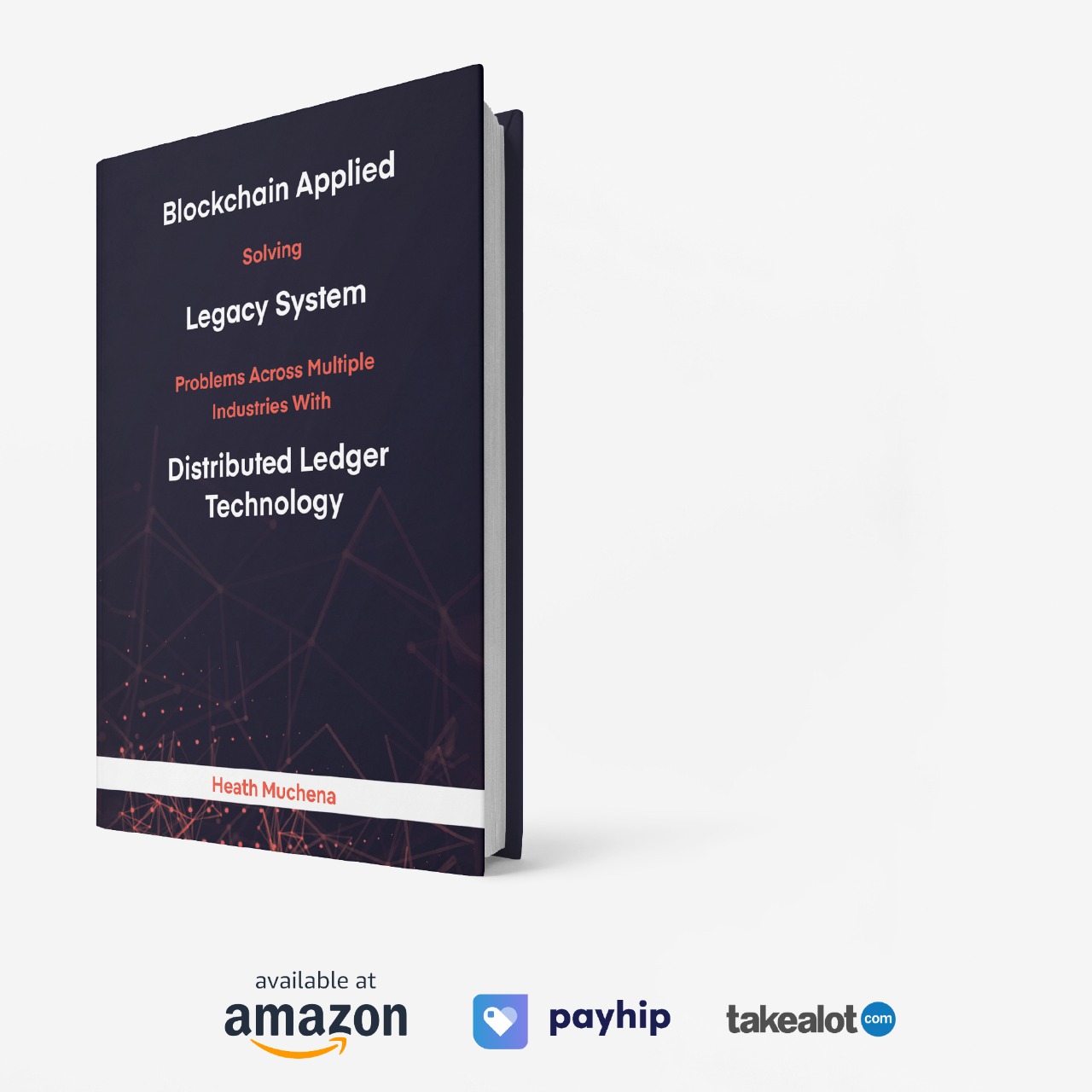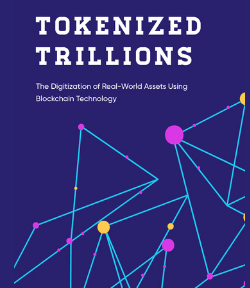
Best Crypto Exchanges for the United States (2026)
Popular Crypto Exchange Platforms USA.
Choosing the right cryptocurrency exchange in the United States is critical because of regulatory complexity, varying fiat-on/off ramps, differing services (spot vs derivatives vs staking), and fee structures that can vary widely across platforms. This guide will give you:
- A regulatory overview of crypto in the U.S.
- A set of evaluation criteria to compare exchanges.
- A deep dive into the top U.S.-accessible regulated exchanges (spot trading focus).
- A comparison of fees across leading platforms.
- A “getting started” roadmap.
- Pitfalls and FAQs specific to U.S. users.
Best No KYC Exchanges
In the U.S., there is no single comprehensive federal law covering cryptocurrencies. Instead:
- The Securities and Exchange Commission (SEC) treats certain crypto assets as securities, and brings enforcement actions accordingly.
- The Commodity Futures Trading Commission (CFTC) regulates crypto derivatives and treats some digital assets as commodities.
- The Financial Crimes Enforcement Network (FinCEN) oversees crypto platforms acting as money transmitters under AML/KYC rules.
- At the state level, many states require money-transmitter licences (MTLs) for crypto platforms; regulatory regimes vary by state.
- For U.S. users this means: use platforms that are compliant, licensed, and transparent. Several large irregularities remain (e.g., platforms operating without proper registration).
Takeaway: Pick exchanges with strong regulatory compliance, especially if you value security, legal clarity, and institutional-grade custody.
3. Taxes
- Crypto is taxable in the U.S. — the Internal Revenue Service (IRS) treats crypto as property: capital gains tax applies when you sell, trade, or dispose of crypto.
- Staking rewards and airdrops may be taxed as ordinary income when received.
- For full tax guidance, consult a tax professional — tax rules are complex and can change.
Evaluation criteria
When evaluating an exchange for U.S.-based users, key factors include:
- Regulation / compliance: Is the platform registered/licensed in the U.S.? Does it hold proper custody licences or state MTLs?
- Security & custody: Cold storage, audits, proof-of-reserves, SOC certifications.
- Fees & spreads: Maker/taker trading fees, deposit/withdrawal fees, fiat on/off-ramp costs.
- Liquidity & supported assets: Depth of order books, number of trading pairs, fiat-to-crypto conversions.
- Fiat On/Off-Ramp: Ease of depositing USD (ACH, wire, card), withdrawing USD.
- Services beyond spot trading: Staking/earn, margin, futures/derivatives (note: in the U.S. these are more restricted).
- User experience / support: Interface, mobile apps, customer support, resolution of issues.
- Transparency: Clear disclosures of fees, spreads, and regulatory status.
Top U.S.-accessible Exchanges (Spot)
Coinbase
Why it stands out: One of the most widely used U.S.-based regulated exchanges, strong brand, good for beginners & advanced.
Regulation & security: U.S. headquartered; strong emphasis on compliance, custody, regulatory filings.
Services: Spot trading, limited derivatives for U.S. (though derivatives access is more restricted).
Fees: Maker/taker schedule based on 30-day volume.
- Maker: 0.00% – 0.40%
- Taker: 0.05% – 0.60%
- Deposit (ACH): Free
- Wire deposit: $10; Wire withdrawal: $25
Supported fiat on-ramp: ACH (USD), Wire transfers, debit/credit (higher fees).
Best for: U.S. users wanting trusted brand, strong compliance, good on-ramp, spot trading.
Limitations: Fees higher than some lower-cost competitors; derivatives access is limited in U.S. by regulation.
Kraken (Pro)
Why it stands out: Strong reputation, competitive maker/taker fees in the U.S., good for advanced traders.
Fees:
- Spot trading fee tiers (30-day volume):
- $0+: Maker 0.25% / Taker 0.40%
- $100,000+: Maker 0.12% / Taker 0.22%
- $10,000,000+: Maker 0.00% / Taker 0.10%
- Instant Buy (basic platform): flat ~1% fee plus spread.
Fiat rails & deposit: Many deposits free (crypto deposits free; fiat), but card & debit purchases may incur higher costs.
Best for: Traders who want lower costs, more advanced features, and U.S. regulation.
Limitations: Some fee complexity; lower-volume users may pay more; make sure you’re using the correct platform version (Pro vs basic).
Binance US
Why it stands out: The U.S.-domestic version of Binance; strong on fees/promotions; large asset list.
Fees & rails:
- Zero or very low trading fees on selected pairs.
- Basic spot trading fee reported at ~0.10% maker & taker, and even 0% for some BTC-USD/USDT pairs for new users.
Caveats: U.S. regulatory climate is more uncertain; the global parent has faced regulatory scrutiny.
Best for: Low-fee spot trading, many coins, active traders who accept slightly higher regulatory risk.
Limitations: Some features (derivatives, margin) may be restricted in U.S.; need to verify compliant status.
Fee Comparisons
Here’s a snapshot comparison of the three exchanges (spot trading) for U.S. users. (Always verify on the platform for latest data.)
| Exchange | Maker Fee (low volume) | Taker Fee (low volume) | Fiat Deposit Fee (USD) | Fiat Withdrawal Fee (USD) | Notes |
|---|---|---|---|---|---|
| Coinbase | ~0.40% | ~0.60% | ACH: Free Coinbase Help | Wire: $25 Coinbase Help | Strong compliance but higher fees |
| Kraken (Pro) | ~0.25% | ~0.40% | Some free, card higher cost | Crypto withdrawal ≠ free (varies) | Lower fees for higher volume |
| Binance US | ~0.10% or lower (in promo) | Varies | Lowest fees but regulatory caveats |
Important:
- “Maker” = placing a limit order that adds liquidity (lower fee).
- “Taker” = market order or order that immediately matches (higher fee).
- These fees exclude spreads, which can sometimes add cost (especially for instant buy/sell features).
- High-volume traders (≥ hundreds of thousands USD/month) will move into lower fee tiers.
Fiat on/off-ramps for U.S. users
- ACH transfers: Widely supported in U.S.; typically free, slower (1-3 days).
- Wire transfers: Faster but often incur fees ($10-$25 or more).
- Debit/credit cards: Supported on many platforms, but with higher fees and extra risk (cards may be blocked or flagged).
- Crypto deposits: Most platforms accept crypto deposits for free or minimal network fee.
- Withdrawal to bank/ACH: Available but may have delays and fees (especially with wire).
- Always check if the exchange supports your state (e.g., New York, Texas, etc) due to differing state licences.
Derivatives, staking & advanced services (U.S.)
- Derivatives (futures, leveraged trading) are heavily restricted in many U.S. platforms due to CFTC/SEC oversight.
- For example: The U.S. version of many platforms cannot offer full derivatives that their global version offers.
- Staking/earn programs exist (e.g., Coinbase, Kraken) where you lock assets to earn rewards — these may have tax implications.
- If you’re planning to trade derivatives, check that the platform offers them in your state and ensure full disclosure of risks.
Step-by-Step: Getting Started
- Choose an exchange (e.g., Coinbase or Kraken) based on your priorities (fees vs ease vs asset list).
- Create account & complete KYC: Provide ID, proof of address, etc. U.S. regulations require identity verification.
- Fund account: Use ACH bank transfer (lowest cost), or wire/card (faster but more expensive).
- Make your first trade: Decide spot pair (e.g., BTC-USD), understand maker vs taker orders.
- Withdraw or hold: After purchase you can hold crypto in exchange wallet or withdraw to your own wallet (recommended for self-custody).
- Tax tracking: Each trade is a taxable event; keep records of trades, cost basis, etc.
- Security hygiene: Enable 2FA, consider hardware wallet for long-term holdings, verify addresses carefully.
Common pitfalls & what to avoid
- Using non-compliant or offshore exchanges that may not serve U.S. users legally — you risk regulatory issues or being blocked.
- Ignoring withdrawal/fiat deposit fees: Card deposits often carry high fees despite “zero trading fee” headlines.
- Confusing “zero trading fee” promotions: Even if trading fee is zero, the exchange may embed larger spreads or high deposit/withdrawal costs.
- Assuming all states are supported: Some platforms are restricted in specific U.S. states (e.g., New York BitLicense states).
- Leaving large amounts on exchange: Maintain self-custody mindset — exchange custodial wallets are vulnerable.
- Neglecting taxes: Many U.S. users under-estimate their tax liability on crypto gains or staking rewards.
- Trading derivatives without full understanding: High leverage = high risk; regulatory protections are weaker for derivatives.
FAQs
Q: Is trading crypto legal in the U.S.?
A: Yes, trading spot crypto is legal. But regulatory compliance matters: platforms must be properly licensed/registered and you must report taxable events.
Q: Which crypto assets can I trade in the U.S.?
A: It depends on the platform. Some tokens may be delisted due to regulatory status (e.g., in some states). For example, New York has tightened its list of pre-approved tokens.
Q: Are derivatives available?
A: Yes, but far more limited for U.S. retail users. The CFTC/SEC oversight means fewer platforms offer derivatives, and eligibility may vary by state.
Q: What’s the minimum deposit?
A: Varies by exchange. Many allow ACH deposits from under $100. Always check the specific platform.
Q: How do I pick between Coinbase, Kraken, Binance US?
A: If you want highest compliance + strongest brand + easiest interface → Coinbase. If you trade moderate-to-high volume and want lower fees → Kraken Pro. If you prioritize lowest fees + many alt coins and accept slightly greater regulatory uncertainty → Binance US.
Q: How do I minimise fees?
A: Use maker (limit) orders when possible, trade larger volumes (to hit lower tiers), avoid card deposits, avoid instant-purchase features with large spreads, and check fee schedules.
Conclusion
For U.S. users, the “safe” approach is to pick a well-regulated exchange with good fiat rails, strong security, and transparent fees. While you may pay a little more than users in some other jurisdictions, the trade-off is better regulatory protection. As your trading volume or sophistication grows, platforms like Kraken (Pro) can reduce fees significantly.
Make sure you review fee schedules carefully, keep your tax records, understand the regulatory status of your state, and don’t leave large amounts of crypto unattended on an exchange.






